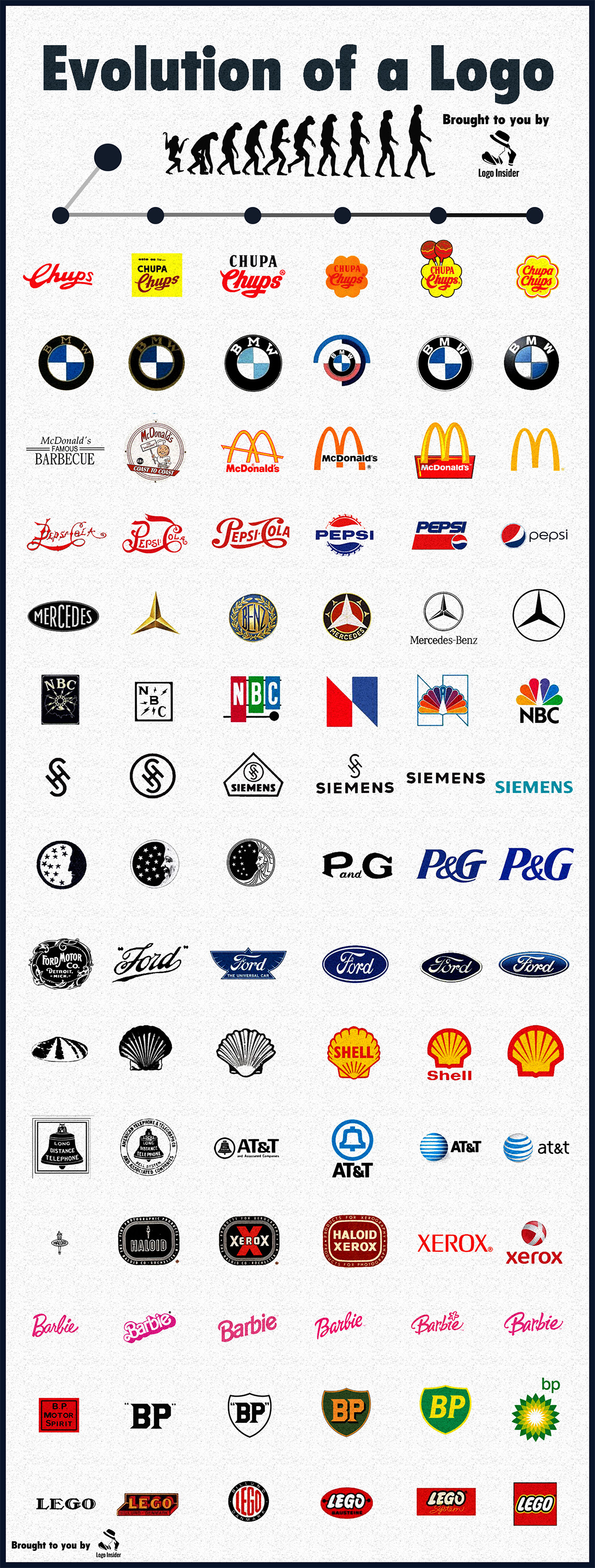In just over a decade, the iPhone has transformed not just the tech industry but our everyday lives. This infographic takes us on a journey through the evolution of Apple’s flagship device, highlighting key upgrades, innovations, and milestones with each new model. Let’s dive in and unpack the story of how the iPhone went from a revolutionary gadget to an indispensable part of modern life.
The Beginning: iPhone (2007)
The journey starts in June 2007, when Apple unveiled the first-ever iPhone. It was a game-changer. With a 3.5-inch multi-touch display (480 x 320 resolution), a 2-megapixel camera, and built-in Bluetooth and Wi-Fi, the device set a new standard for mobile phones. The interface was intuitive, ditching physical keyboards in favor of an entirely touchscreen experience.
At a starting price of $499, the original iPhone was exclusively available through AT&T in the U.S., a move that helped define Apple’s exclusive, premium brand identity.
The App Revolution: iPhone 3G (2008)
Released in July 2008, the iPhone 3G added 3G network support, allowing for faster internet browsing, and introduced the App Store, forever changing how we interact with our phones.
Features like assisted GPS and improved audio hardware made this version more functional, while the launch of iOS 2.0 and third-party apps meant users could customize their devices like never before. The price also became more accessible, starting at $199 for the 8GB version.
Sleek Design Meets Performance: iPhone 3GS (2009)
In June 2009, Apple released the iPhone 3GS, focusing on speed and efficiency. The new faster processor enhanced performance, while the 3-megapixel autofocus camera introduced video recording capabilities.
This iteration also brought voice control, enhanced Bluetooth, and an extended battery life. Apple was now firmly entrenched as a leader in mobile innovation.
The Retina Display Era: iPhone 4 (2010)
June 2010 marked the debut of the iPhone 4, introducing the world to the Retina display, a high-resolution screen with unparalleled clarity. Along with its glass-and-steel design, the phone included:
- A front-facing camera for FaceTime video calls.
- A 5-megapixel rear camera with 720p video recording.
- Multitasking and iBooks, thanks to iOS 4.
The design and features positioned the iPhone 4 as not just a phone but an elegant piece of technology.
Building on Perfection: iPhone 4S (2011)
The iPhone 4S, released in October 2011, brought incremental upgrades:
- The dual-core A5 chip provided smoother performance.
- An improved 8-megapixel camera with 1080p video recording set a new standard for mobile photography.
- Siri, the voice assistant, made its debut, adding a futuristic edge to the device.
The iPhone 4S also marked the first time the device was available unlocked, increasing accessibility globally.
Bigger, Better, Faster: iPhone 5 (2012)
In September 2012, Apple launched the iPhone 5, and it was clear the iPhone was growing up—literally. For the first time, the iPhone featured a 4-inch screen, compared to the 3.5-inch displays of its predecessors. Other highlights included:
- A lighter, aluminum body.
- The new Lightning connector, replacing the 30-pin dock connector.
- Support for 4G LTE networks, ensuring faster internet speeds.
The iPhone 5 set the stage for Apple’s modern design language and functionality.
Key Trends in the iPhone’s Evolution
As we look back on this infographic, several trends become apparent:
- Continuous Refinement: Each generation built upon the previous, focusing on enhanced performance, better cameras, and sleeker designs.
- Ecosystem Expansion: From the introduction of the App Store in 2008 to the launch of Siri in 2011, Apple continually added features that deepened the iPhone’s integration into everyday life.
- Price and Accessibility: While the original iPhone was exclusive and expensive, subsequent models introduced lower price points and expanded availability, allowing more people to adopt the device.
Why the iPhone Matters
The evolution of the iPhone isn’t just a story about a gadget—it’s a chronicle of how technology can redefine human interaction. Each iteration solved new problems, introduced new possibilities, and brought us closer to the seamless, interconnected digital world we experience today.
The iPhone has gone from a luxury item to a near-necessity, influencing industries from photography to gaming and even healthcare. And as this infographic shows, the evolution of the iPhone is a testament to Apple’s relentless pursuit of innovation, proving that even the smallest upgrades can lead to monumental change.








